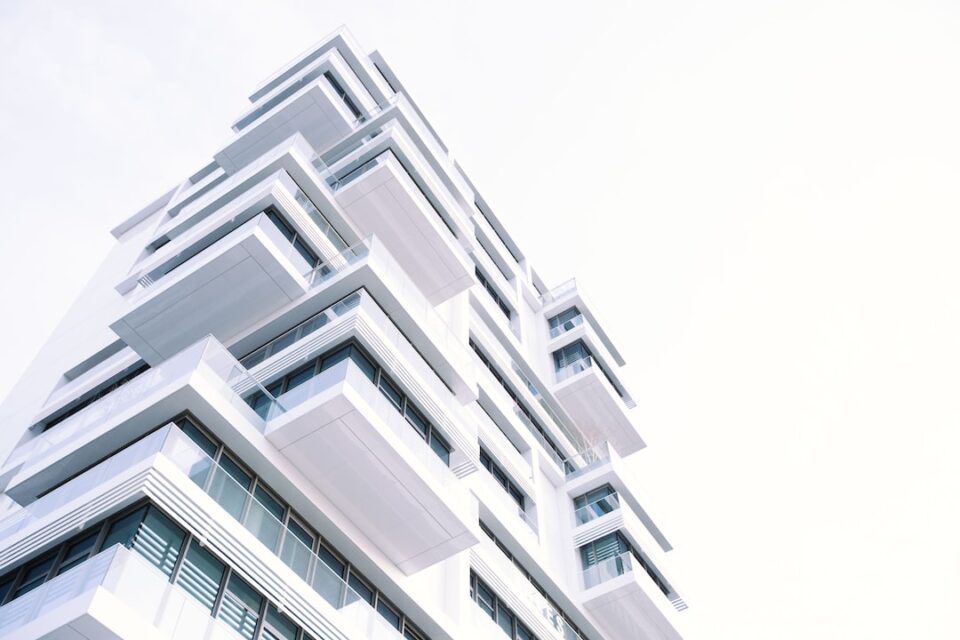The Pros and Cons of Buying a Fixer-Upper
In the world of real estate, there is always a debate about whether buying a fixer-upper is a smart investment or a tedious nightmare. While the idea of transforming a run-down property into your dream home may sound exciting, it is not a decision to be made lightly. Let’s delve into the pros and cons of buying a fixer-upper to help you make an informed decision.
One of the biggest advantages of purchasing a fixer-upper is the potential for great savings. These types of properties are generally priced lower than move-in ready homes. If you have the time, skills, and resources, you can make significant renovations at a fraction of the cost of buying a move-in ready home. This lower initial cost can open up possibilities for potential buyers who may not have been able to afford a traditional home. Additionally, by investing in a fixer-upper, you have the opportunity to build equity over time, as the value of the property increases through your improvements.
Buyers who enjoy customization and personalization opportunities will also find fixer-uppers appealing. Instead of settling for someone else’s design choices, you can tailor every aspect of the house to your tastes. Whether it’s knocking down walls to create an open floor plan or choosing finishes that reflect your unique style, a fixer-upper allows you to design a home that truly represents you. This sense of creative control can be immensely satisfying and rewarding.
On the flip side, renovating a fixer-upper can be a time-consuming and labor-intensive endeavor. It requires careful planning, research, and coordinating with contractors. If you do not have the skills or time to take on such a project, it can quickly become overwhelming. Renovations can often run into unexpected issues, such as plumbing or electrical problems, which can add both time and money to the project. Be prepared for delays and setbacks and have a contingency plan in place.
Another downside to purchasing a fixer-upper is the potential for hidden costs. While the initial purchase price may be lower, unforeseen repairs and renovations can quickly add up. It is recommended to conduct a thorough inspection before buying to identify any major issues that may need immediate attention. Without proper planning and budgeting, the excitement of a potential bargain could turn into an expensive nightmare.
Furthermore, living in a home undergoing renovations can be disruptive to your daily routine. Dust, noise, and limited living spaces can cause inconvenience and stress. It is crucial to evaluate your tolerance for temporary discomfort and assess whether you have alternative living arrangements during critical phases of renovation. In some cases, it may be more sensible to choose a move-in ready home if you are unable or unwilling to endure the chaos of construction.
In conclusion, buying a fixer-upper can be a rewarding investment if you have the time, resources, and expertise to take on the project. The cost savings and ability to customize the property to your liking are appealing benefits. However, the time, effort, and potential for unexpected costs can make it a challenging undertaking. Before taking the plunge, carefully weigh your options and consider your personal circumstances. Whether you choose a fixer-upper or a move-in ready home, remember that renovations require careful planning, patience, and a clear vision of your end goal.

